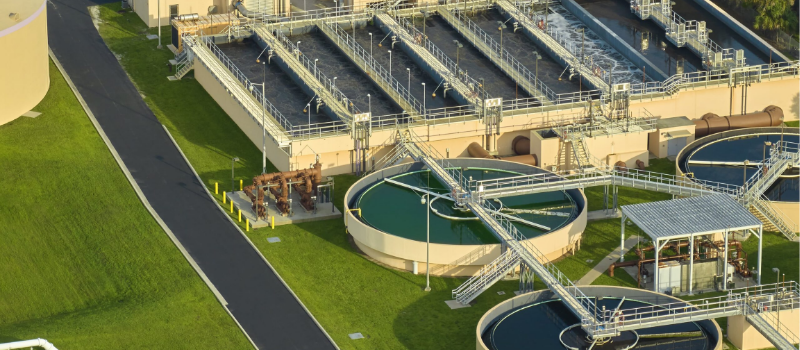About the course
Every now and then, severe earthquakes occur around the world, causing massive damage to infrastructure, and killing people. A grim reminder of this reality was the Turkey-Syria earthquake of February 2023, in which over 50,000 people lost their lives, and damage to infrastructure was estimated at over US$100 billion. On 1 January 2024, Japan was hit by an earthquake of magnitude M7.5, which killed 250 people and caused billions of dollars of damage. Most recently, on 28 March 2025, the Myanmar Earthquake has resulted in the death of over 3,000 people, and as at the updating of this brochure, that death toll is increasing. In addition to the thousands of dwellings that have been destroyed, high-rise buildings have also suffered damage or total collapse.
There are many other earthquakes that occur on a smaller scale, but nevertheless causing significant damage to buildings and other infrastructure. Southern Africa is fortunate to have relatively low natural seismic activity, but earthquakes are very unpredictable, and in the South African context, seismic movements can also be caused by mining-related underground explosions and extensive rock excavations. It is therefore desirable to incorporate some level of seismic robustness in the design of our more important (or more vulnerable) infrastructure such as hospitals, power stations, high-rise residential apartments, tall towers, tunnels and long-span bridges, depending on their location.
Every now and then, severe earthquakes occur around the world, causing massive damage to infrastructure, and killing people. A grim reminder of this reality was the Turkey-Syria earthquake of February 2023, in which over 50,000 people lost their lives, and damage to infrastructure was estimated at over US$100 billion. On 1 January 2024, Japan was hit by an earthquake of magnitude M7.5, which killed 250 people and caused billions of dollars of damage. Most recently, on 28 March 2025, the Myanmar Earthquake has resulted in the death of over 3,000 people, and as at the updating of this brochure, that death toll is increasing. In addition to the thousands of dwellings that have been destroyed, high-rise buildings have also suffered damage or total collapse.
There are many other earthquakes that occur on a smaller scale, but nevertheless causing significant damage to buildings and other infrastructure. Southern Africa is fortunate to have relatively low natural seismic activity, but earthquakes are very unpredictable, and in the South African context, seismic movements can also be caused by mining-related underground explosions and extensive rock excavations. It is therefore desirable to incorporate some level of seismic robustness in the design of our more important (or more vulnerable) infrastructure such as hospitals, power stations, high-rise residential apartments, tall towers, tunnels and long-span bridges, depending on their location.
Course Content
- Free Vibration Response; Resonance; Damping
- Forced Vibration Response; General Methods of Dynamic Analysis
- Causes of Earthquakes; Quantification of Ground Motions; Case Studies
- Seismic Response; Laboratory & Full-Scale Testing; Seismic Analysis
- Principles of Earthquake Engineering; Choice of Materials & Structural Systems
- Seismic Design; Seismic Control; Damping; Base Isolation; Code Provisions
- Seismic Assessment of Existing Buildings; Retrofitting Strategies
Registration
For registration queries, please emai Heidi Tait (CPD Manager, EBE Faculty, University of Cape Town).
More Information
Phone: +27 (0)21 650 5793
Email: heidi.tait@uct.ac.za
Download the brochure
ENROL WITH EBE CPD



 = (0)
= (0)